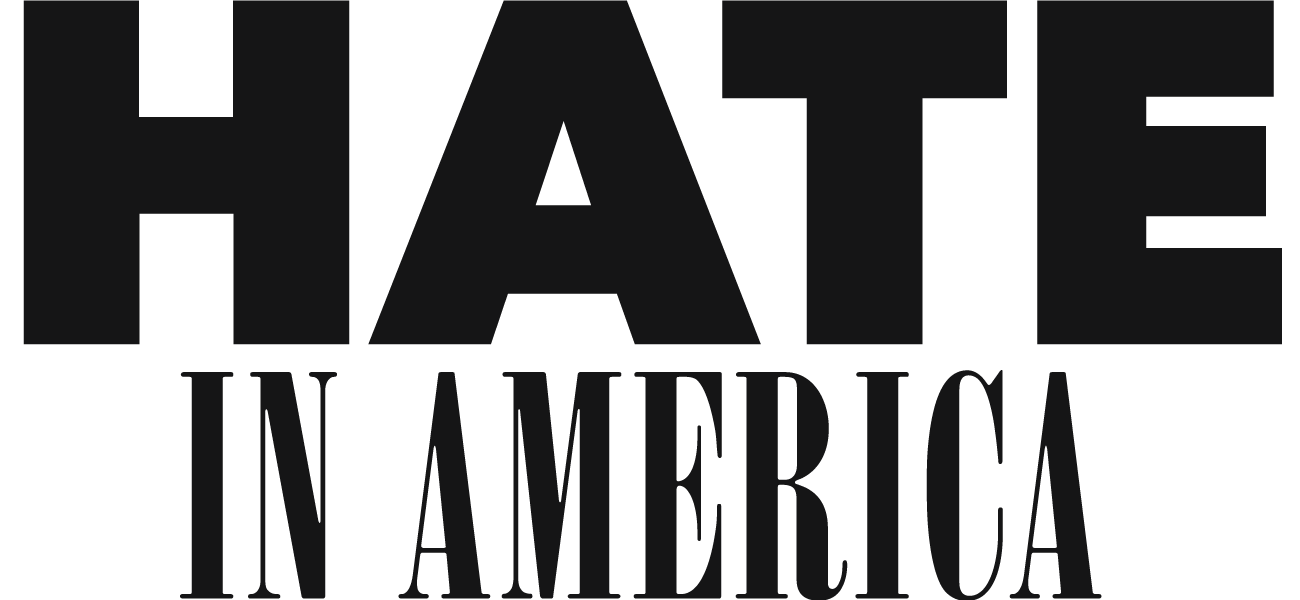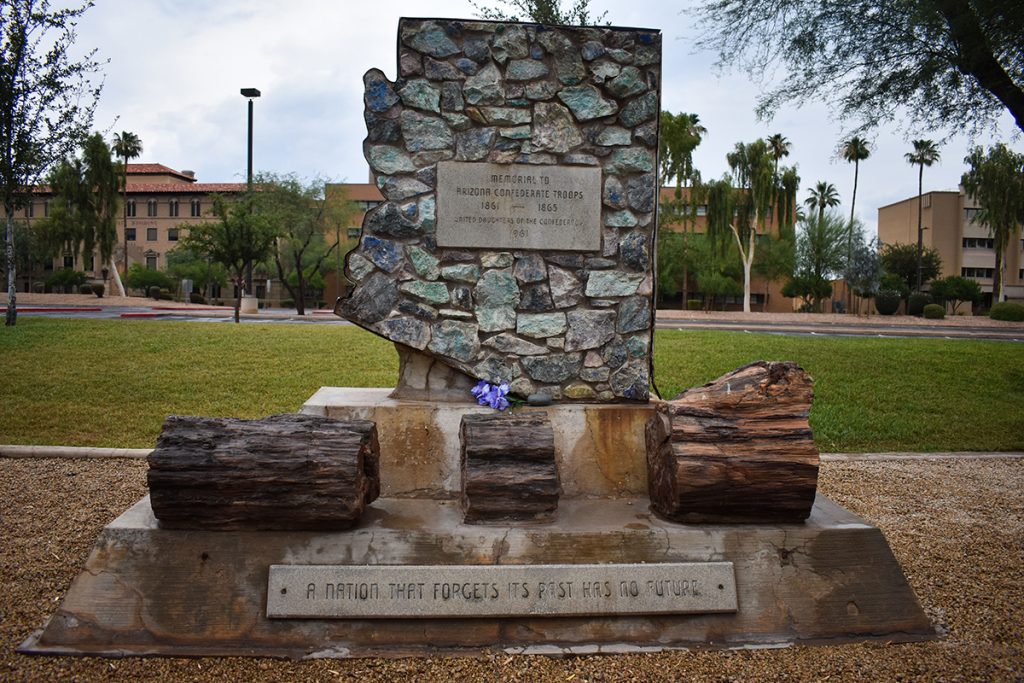PHOENIX — Just before avowed white supremacist Dylann Roof fatally shot eight black worshippers and their pastor in 2015 at the Emanuel African Methodist Episcopal Church in Charleston, South Carolina, he was photographed posing with a Confederate flag.
About a month after the mass shooting, the Confederate flag was removed from the South Carolina Capitol, sparking a statewide and national debate to remove statues, flags and symbols of the Confederacy.
Three years later, the momentum has continued.
Local and state governments have removed at least 110 Confederate tributes and monuments since the 2015 attack in Charleston, according to an analysis published by the Southern Poverty Law Center this month. More than 1,700 symbols remain around the U.S., with many protected by state laws in former Confederate states, the report found.
“The conscience of the nation was pricked by that event,” Lecia Brooks, director of outreach at SPLC, said of the Charleston shooting. “It is time for us to have an honest conversation about what these monuments and memorials represent — it is not about heritage, it is about hate.”
The report found that there are currently 772 monuments in 23 states and Washington, D.C., with more than 300 in Georgia, Virginia and North Carolina. There are 100 public schools named for Robert E. Lee, Jefferson Davis or other Confederate figures and 80 counties and cities named after Confederate leaders, according to the report.
Brooks said SPLC did a national sweep to see the scope of the remaining Confederate monuments and collected data using online resources and contacts across the country.
Monuments and symbols should not be in public spaces because of what they represent and their removals are “past due,” she said.
“The memorials and monuments themselves and honoring of the veterans of the Confederate war were born out of white supremacy so it is a way to reinforce it and remind people, especially people of color and African-Americans in particular, that white supremacy reined,” Brooks said.
Activists pushing to remove these symbols and statues agree with the SPLC, while opponents argue that removing them erases history. Experts and historians that spoke to News 21 represented the divided opinions on the topic.
Ilya Somin, a professor of law at George Mason University in Fairfax, Virginia, said there might be some areas where you can display them for historical purposes, but they should be removed from places of honor and public spaces.
SPLC excluded thousands of memorials located in historical settings, such as museums, battlefields and cemeteries, from its report.
“As a general rule, I think the government should not be honoring people whose main claim to fame is that they were in defense of slavery,” Somin said.
The removals since the Charleston massacre include 47 monuments and four flags, as well as name changes for 37 schools, seven roads, three buildings and seven parks, according to the SPLC report. Eighty-two removals were in former Confederate states with Texas leading the way with 31 removed, followed by 14 removed in Virginia.
But the removals have not been without controversy.
Last year in Charlottesville, Virginia, plans to remove a statue of Robert E. Lee, the Confederacy’s top general, triggered the Unite the Right rally where white nationalists stormed the college town with torches to protest the statue’s removal, and a rally left one person dead and dozens injured. Federal hate crime charges were filed June 27 against an Ohio man accused of plowing his car into the counter-protesters.
Some have argued that violent protests will continue as monuments of the Confederacy are taken down. But Somin said that shouldn’t have any impact on the decision to remove them.
“If we do allow violent people to have a veto, that just encourages more violence — not only by neo-Confederates, but by extremist groups of all kinds, both right and left, who if they see that you can get your way by threatening violence then that just encourages more people to do it,” he said.
The report also names monument sponsors, including the United Daughters of the Confederacy, which has erected hundreds of statues since the Civil War.
United Daughters of the Confederacy and Sons of the Confederate Veterans did not respond to requests to comment for this story. A 2016 report by the SPLC said construction of monuments increased from 1900 through the 1920s, during the period of Jim Crow laws, and again in the 1950s-60s, during the civil rights movement.
Michele Bogart, a social history professor of public art, urban design and commercial culture at Stony Brook University in New York, said these monuments should not be removed because there is no inherent reason why people should assume that a monument, which she calls a historical artifact, is “a validation or celebration” of the Confederacy today.
“If you get rid of the monuments, you’re not going to solve the problem of structural racism in American society,” Bogart said. “You lose a sense of place and individual character and you lose a lot of local memory that is embodied in these works.”

